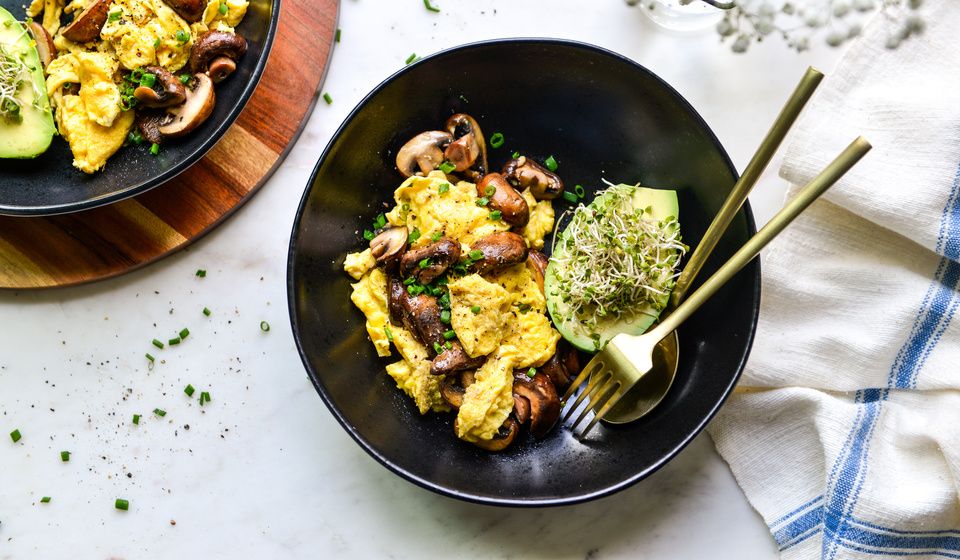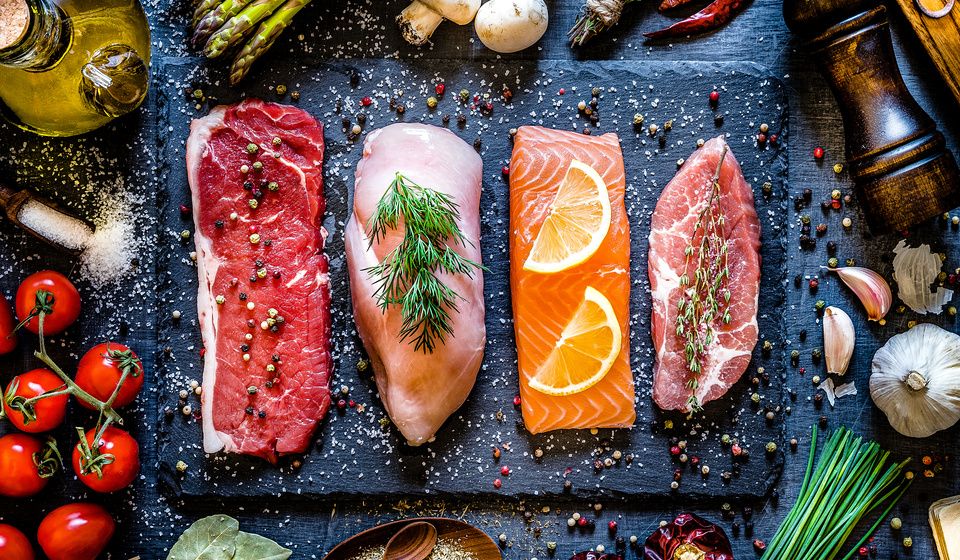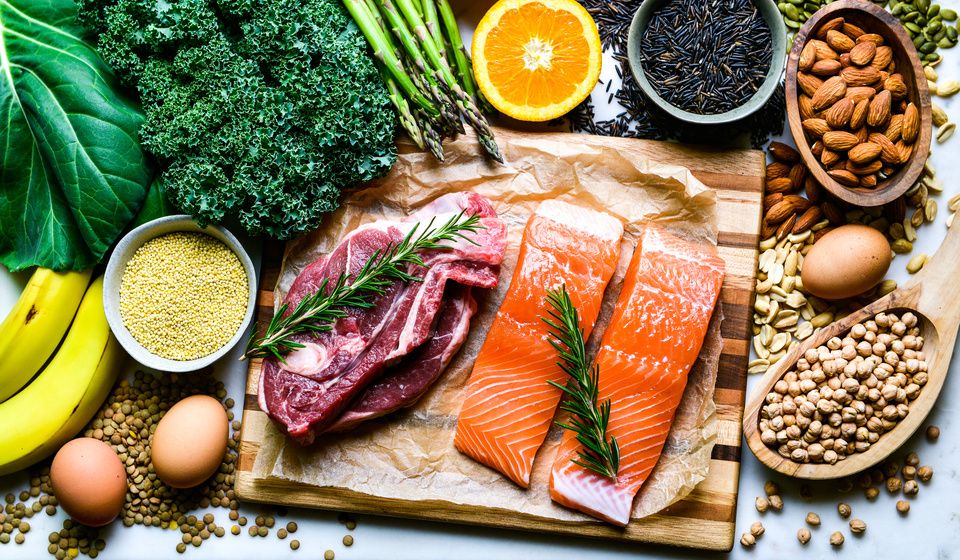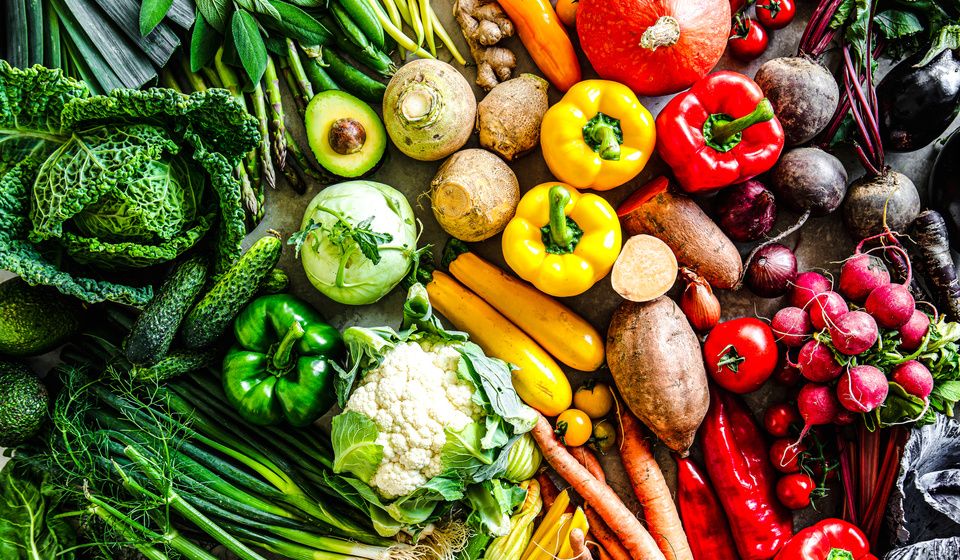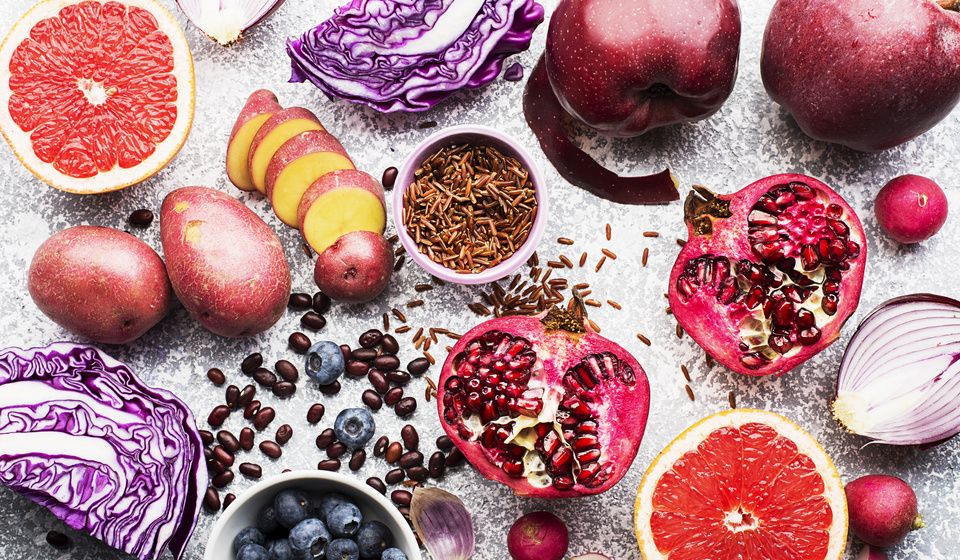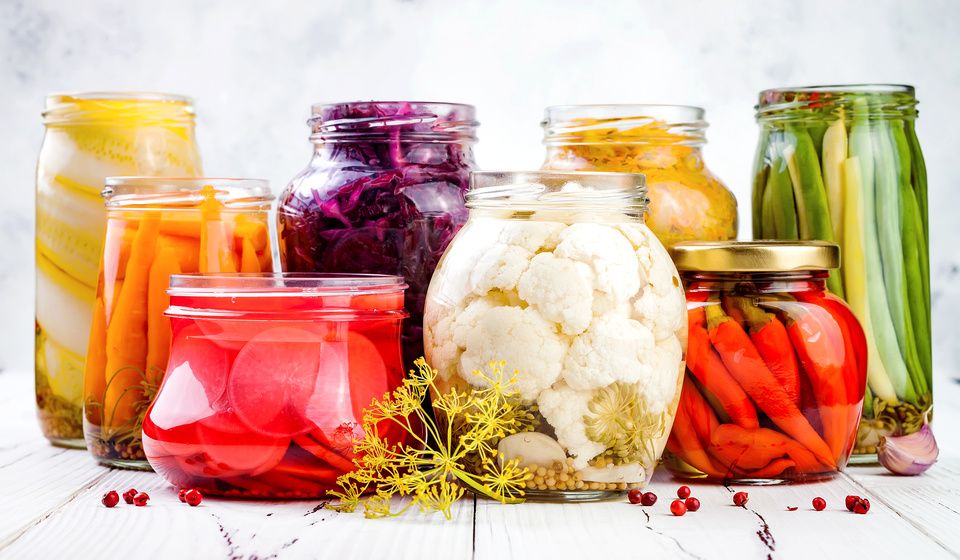
Tulsi Tea: A Daily Ritual for Nervous System Resilience
When the body has been under stress for a long time, it doesn’t immediately relax just because the stressor is gone. Cortisol rhythms can remain disrupted, keeping the nervous system in a low-grade state of alert. This is where gentle, consistent signals of safety matter. Tulsi (holy basil) tea is one of those signals. Tulsi has been revered across cultures for centuries, not only as a medicinal herb but as a plant associated with protection, balance, and daily nourishment. Traditionally grown close to the home and prepared as teas or simple extracts, tulsi was used to support resilience—physically, emotionally, and spiritually. This long history of everyday use reflects what modern research now confirms, tulsi gently supports the body’s ability to adapt to stress.

